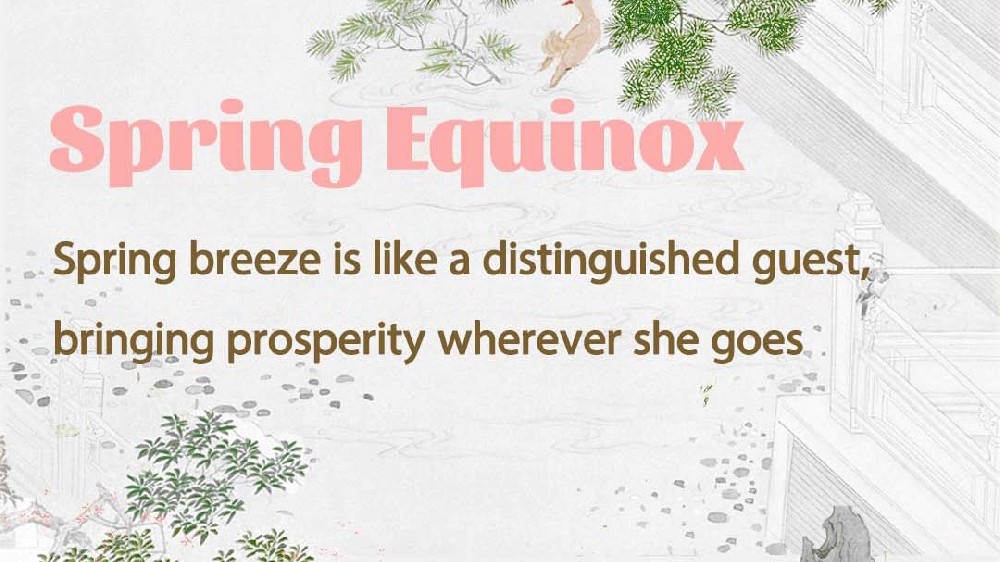The Golden Age of Hong Kong Cinema: When Commerce Met Art in the Neon Glow

Andy Lau Takwah and Tony Leung Chiuwai in the film Internal Affairs
The Factory of Dreams: A Market Unparalleled
In the 1980s, Hong Kong’s cinema churned out nearly 400 films annually—a feat unmatched even by Hollywood at the time. The city’s 4.5 million residents supported over 100 cinemas, where queues snaked around blocks for releases like Jackie Chan’s Police Story or John Woo’s A Better Tomorrow. This was not just local fervor; Hong Kong films dominated 70% of Southeast Asia’s cinema screens, with exports generating HK18.6 billion in 1992 alone—outpacing domestic earnings by 5018.6 billion in 1992 alone, rapid production cycles (some shot in 10 days), and a voracious appetite for entertainment. “We weren’t making art—we were feeding an addiction,” recalls veteran producer Raymond Chow, whose Golden Harvest studio birthed Bruce Lee’s global stardom.
The Studio System: Titans of the Silver Screen
Behind the glamour lay an industrial juggernaut. Shaw Brothers and Golden Harvest stood out, their studios resembling self-contained cities. At Shaw’s Clearwater Bay lot, directors like Chang Cheh (The One-armed Swordsman) orchestrated swordplay epics while training stables of stuntmen, many of whom later became stars. The system was ruthlessly efficient: scripts were drafted overnight, actors juggled multiple roles simultaneously, and editors spliced reels by hand under deadline delirium. Yet this chaos birthed icons. Chow’s Golden Harvest, for instance, turned a former construction worker named Jackie Chan into a global phenomenon through Drunken Master (1978), blending slapstick and death-defying stunts.
The Alchemy of Genre: Where High Art Met Street Smarts
Hong Kong cinema’s genius lay in its genre alchemy. Take wuxia: King Hu’s A Touch of Zen (1971) elevated martial arts to poetic meditation, its bamboo forest duel later inspiring Ang Lee’s Crouching Tiger, Hidden Dragon. Yet by the 1980s, Tsui Hark’s Zu: Warriors from the Magic Mountain (1983) injected fantasy with punk-rock energy, while John Woo reimagined gangsters as tragic Shakespearean figures in The Killer (1989), his slow-motion gunfights drenching screens in balletic violence.
Comedy, too, became a social mirror. Michael Hui’s The Private Eyes (1976) skewered urban hypocrisy, while Stephen Chow’s Shaolin Soccer (2001) fused Cantonese wit with CGI absurdity.
The Star-Making Machinery: Gods of the Box Office
The era’s star system was mythic. Chow Yun-fat, dubbed the “Coolest Actor in the World,” smoked toothpicks as Mark Gor in A Better Tomorrow (1986), his trench coat and matchstick swagger defining a generation’s rebel chic. Meanwhile, Maggie Cheung evolved from bubblegum pop singer to arthouse muse, her qipao-clad turn in In the Mood for Love (2000) cementing her as Wong Kar-wai’s melancholic muse.
The industry’s apprenticeship model turned unknowns into legends. Sammo Hung, a Peking Opera School dropout, became a triple threat—actor, director, fight choreographer—mentoring Jackie Chan and choreographing The Prodigal Son (1981)’s jaw-dropping wing chun sequences. “We were street fighters with cameras,” Hung reflects.
The Legacy: Fading Reels, Eternal Frames
By the mid-’90s, the machine sputtered. Hollywood’s global expansion, rising production costs, and talent drain eroded the ecosystem. Yet the Golden Age’s DNA persists. Today, when Bong Joon-ho cites Internal Affairs as inspiration for Parasite, or when Everything Everywhere All at Once channels Hong Kong’s kinetic chaos, the ghost of 1980s Mong Kok flickers on.
As film scholar David Bordwell wrote: “Hong Kong taught the world that cinema could be both art and adrenaline—a philosophy written in celluloid and blood.”

